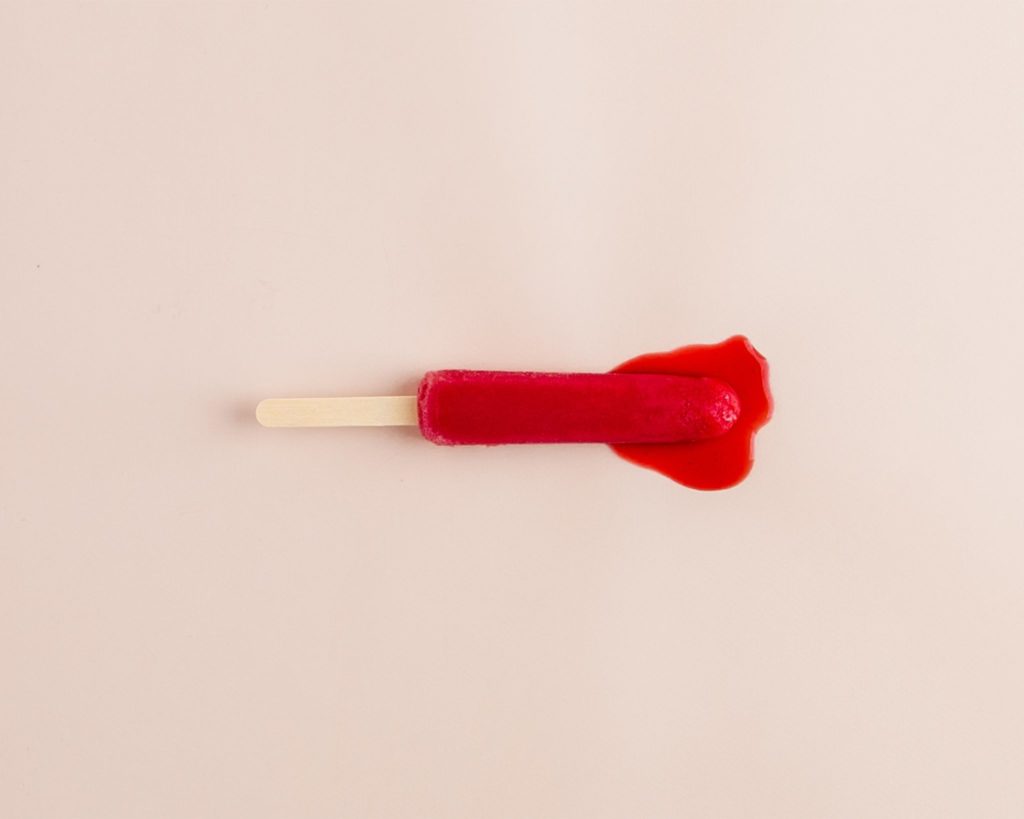Since tampons first appeared on the market in 1936, there has been a luxury tax levied on them, which seems to suggest that menstruation is a luxury. Uterine shedding is not an opulent gift I treat myself to each month. If it was I would demand a full refund for the physical expense of bloating, abdominal cramps, and fatigue. Menstrual cycles are necessary to sustaining reproductive longevity and should qualify for tax exemption on the sole basis that they are an inevitable occurrence for the greater portion of the population—but that in itself is the root of the problem.
Consider, for a moment, the definition of luxury: an inessential, desirable item that is expensive or difficult to obtain. Now let’s look at the definition of its antonym, necessity: the fact of being required or indispensable; unavoidable.
Unless the greater portion of the population suddenly prefers to take up the practice of free bleeding- menstruating without blocking period flow- for a quarter of each month, the demand for feminine care products will increase proportionally with the level of sales earned. By its very definition, a luxury good. Conversely, condoms are considered drugs, and therefore tax exempt. Put simply, the purpose of a condom is to prevent the spread of sexually transmitted diseases. Making them, by definition, a drug. Other male-centered tax exemptible drugs include Viagra, prescribed erectile dysfunction medicine, and Rogaine, over-the-counter hair loss treatment.
The problem I have is that the perpetuated societal bias that appears to favor men is by definition: definitional. The taxation of feminine care products is rudimentary supply and demand economics; women require feminine care products each month, so the market supplies. There appears to be a price for cleanliness and bodily comfort that is not inherent, but an expense that all women are expected to afford.

I understand the need for taxing consumer products and the correlation it has on GDP and revenue levels. What I personally don’t understand is why feminine care products are not by their very definition considered a tax exemptible necessity. Why is it that taxes favor products that serve the good of men (Viagra) but do not equally serve the good of women (tampons, pads, menstrual cones, etc., etc?) It becomes a black and white issue for me when taken into consideration the fact that women are expected to pay more for a product they must purchase each month like clockwork, while historically earning less overall than their male counterparts
When we get down to the nitty-gritty of this “pink tax,” it seems unlikely that there ever not be a tax levied on tampons. And though unfair, the hard truth of the matter is our government values cost effectiveness over comfort. California has one of the largest applied tax percentages in the country—ranging from 7.25 to 9.75 percent, depending on the city. It is reported that women in California collectively spend upwards of $20 million just on tampons each year. That would mean that without the tax on tampons, California’s economy would lose out on $2.7 million just from this tax reduction alone. This is chump change in regards to the $2.797 trillion earned by California’s economy last year, but a luxury nonetheless.
Matters of taxation are handled on a state-by-state basis. In California, Assemblywoman Cristina Garcia is rallying on behalf of women for the eradication of the pink tax. Garcia is working to enact a tax reform than it will remove the 2% tax on tampons and apply it to non-necessity commodities, like liquor. “Liquor is a choice and a luxury, and human biology is not. There is no happy hour for menstruation. Our tax code needs to reflect the fact that it’s not okay to tax women for being born women.”
By: Rachel Ladeby


1 comment
Remove the 2% tax on tampons ! Didn’t know there was an extra tax on them. Learned something new, Thanks Rachel !